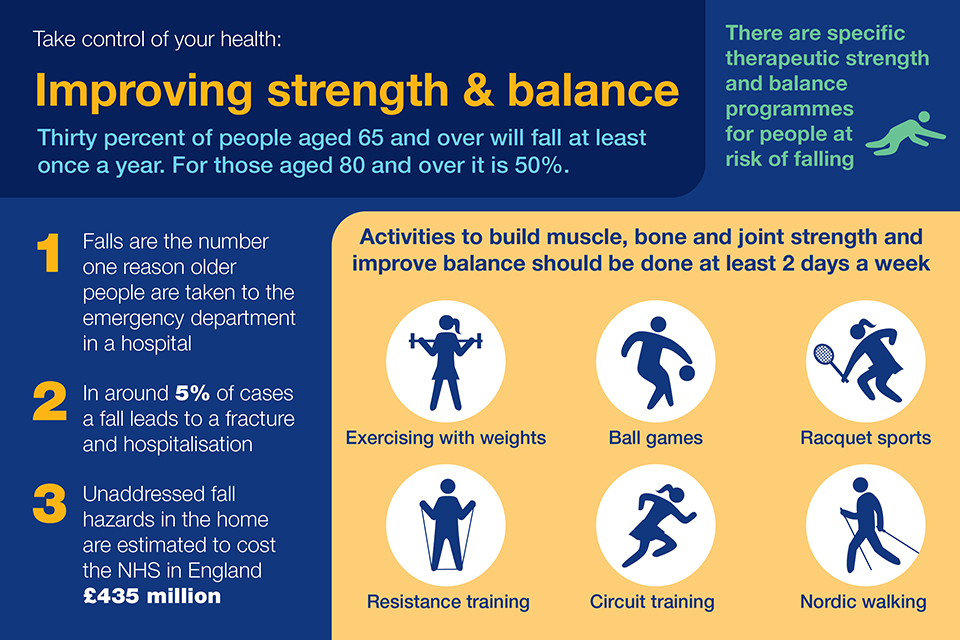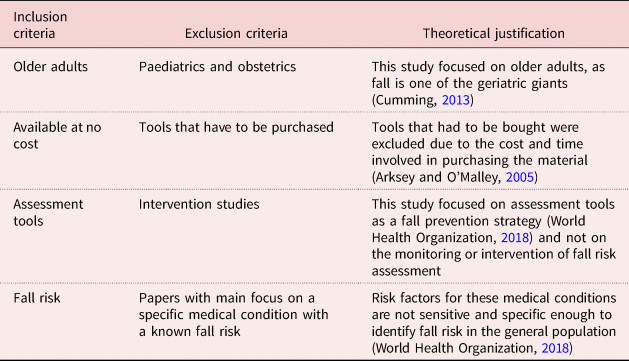Little Known Facts About Dementia Fall Risk.
Wiki Article
Some Known Questions About Dementia Fall Risk.
Table of ContentsFacts About Dementia Fall Risk RevealedThe Main Principles Of Dementia Fall Risk Dementia Fall Risk - QuestionsSome Known Factual Statements About Dementia Fall Risk
A loss threat assessment checks to see exactly how likely it is that you will certainly drop. The analysis usually includes: This includes a series of concerns regarding your general wellness and if you have actually had previous drops or troubles with balance, standing, and/or strolling.STEADI consists of testing, assessing, and intervention. Treatments are recommendations that may minimize your threat of dropping. STEADI consists of 3 actions: you for your threat of succumbing to your threat variables that can be boosted to attempt to avoid drops (for instance, equilibrium troubles, damaged vision) to lower your danger of falling by utilizing efficient methods (as an example, offering education and resources), you may be asked several inquiries consisting of: Have you dropped in the previous year? Do you feel unsteady when standing or strolling? Are you bothered with dropping?, your company will evaluate your strength, equilibrium, and stride, utilizing the following fall analysis tools: This test checks your gait.
After that you'll take a seat once again. Your supplier will check the length of time it takes you to do this. If it takes you 12 seconds or more, it may imply you go to greater risk for a loss. This examination checks strength and equilibrium. You'll rest in a chair with your arms went across over your chest.
The settings will certainly get more challenging as you go. Stand with your feet side-by-side. Relocate one foot midway forward, so the instep is touching the large toe of your other foot. Move one foot fully in front of the other, so the toes are touching the heel of your other foot.
Not known Factual Statements About Dementia Fall Risk
Many falls occur as a result of numerous adding elements; for that reason, managing the risk of dropping begins with recognizing the aspects that add to fall threat - Dementia Fall Risk. Several of one of the most relevant risk factors consist of: History of previous fallsChronic clinical conditionsAcute illnessImpaired gait and equilibrium, reduced extremity weaknessCognitive impairmentChanges in visionCertain risky medicines and polypharmacyEnvironmental elements can also raise the threat for falls, including: Poor lightingUneven or damaged flooringWet or unsafe floorsMissing or damaged handrails and order barsDamaged or incorrectly fitted tools, such as beds, wheelchairs, or walkersImproper usage of assistive devicesInadequate guidance of the people staying in the NF, including those that display aggressive behaviorsA effective fall threat administration program calls for a detailed scientific assessment, with input from all participants of the interdisciplinary group

The care plan should likewise consist of treatments that are system-based, such as those that advertise a safe atmosphere (appropriate illumination, handrails, get hold of bars, etc). The efficiency of the interventions ought to be evaluated regularly, and the treatment plan modified as essential to reflect adjustments in the fall danger analysis. click to read Executing a loss danger management system making use of evidence-based best method can lower the prevalence of falls in the NF, while restricting the possibility for fall-related injuries.
The Ultimate Guide To Dementia Fall Risk
The AGS/BGS guideline recommends screening all adults aged 65 years and older for autumn danger every year. This testing is composed of asking people whether they have fallen 2 or more times in the past year or sought medical focus for a fall, or, if they have not fallen, whether they really feel unstable when strolling.Individuals that see this have actually fallen once without injury ought to have their balance and gait evaluated; those with gait or balance abnormalities ought to receive additional assessment. A background of 1 autumn without injury and without stride or balance problems does not warrant more analysis past continued annual loss threat testing. Dementia Fall Risk. An autumn danger assessment is called for as component of the Welcome to Medicare assessment

Dementia Fall Risk Can Be Fun For Everyone
Recording a falls history is one of the top quality indicators for autumn avoidance and monitoring. Psychoactive medicines in specific are independent forecasters of drops.Postural hypotension can frequently be relieved by reducing the dosage of blood pressurelowering medicines and/or click this quiting drugs that have orthostatic hypotension as an adverse effects. Use above-the-knee support pipe and copulating the head of the bed boosted might also decrease postural reductions in high blood pressure. The advisable components of a fall-focused checkup are revealed in Box 1.

A TUG time better than or equal to 12 seconds recommends high fall risk. Being incapable to stand up from a chair of knee height without using one's arms shows enhanced fall threat.
Report this wiki page